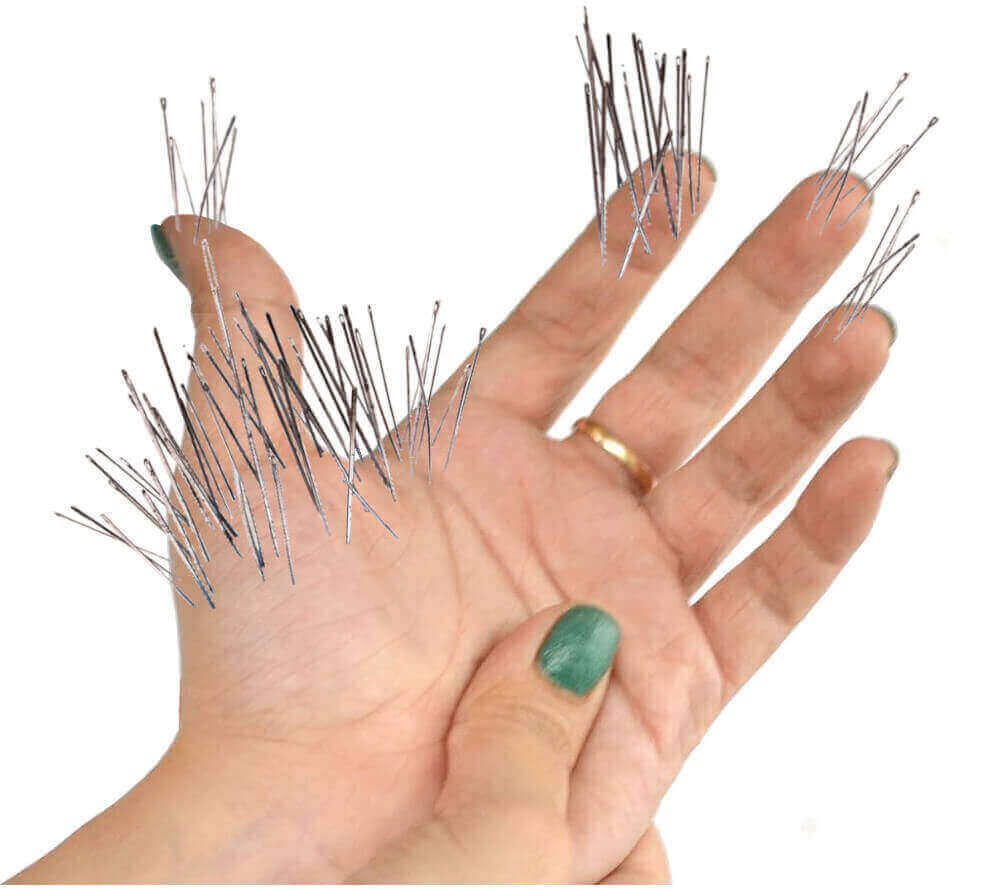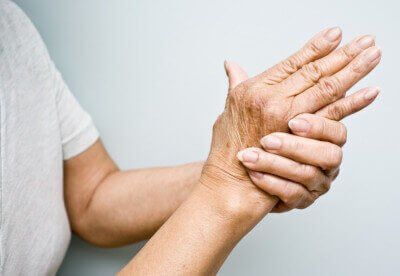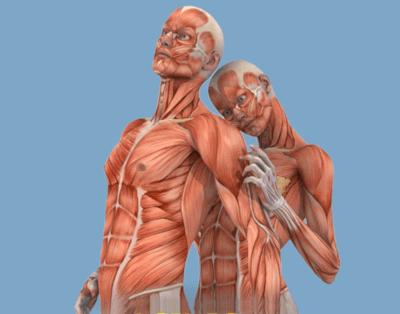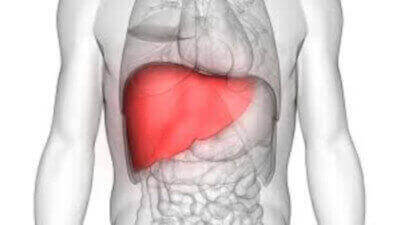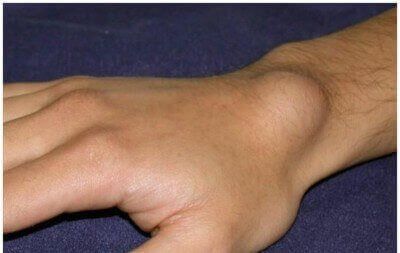Ask any doctor, “What causes carpal tunnel in women?” and the answer will be pregnancy. Pregnancy is well-known to be one of the greatest contributors to carpal tunnel syndrome in women. The reason?
Fluid retention
is elevated, particularly in the joints like the ankles and wrist. The disturbance in fluid retention is due to hormonal fluctuations.
Carpal tunnel syndrome is fundamentally due to pressure on the median nerve, deep inside the wrist joint. If fluid pressure accumulates in the wrist joint, it will exert pressure on the median nerve, ultimately crushing it. That’s when symptoms appear.
Half of all pregnant women
will experience some signs of carpal tunnel syndrome. It’s most prevalent in their third trimester.
Half of those women will see their symptoms spontaneously disappear within a few months after delivery. The other half may see symptoms dissolve over 12 months. The unfortunate remaining 25% will not see symptoms disappear at all without treatment.



